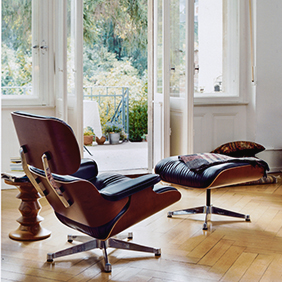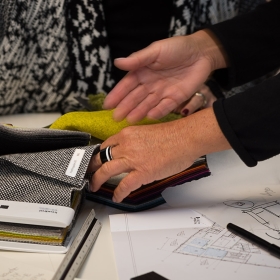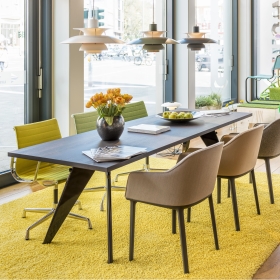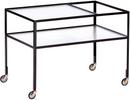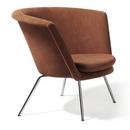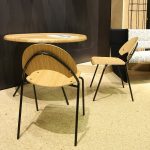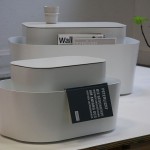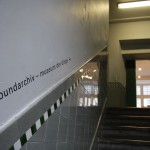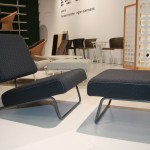Herbert Hirche
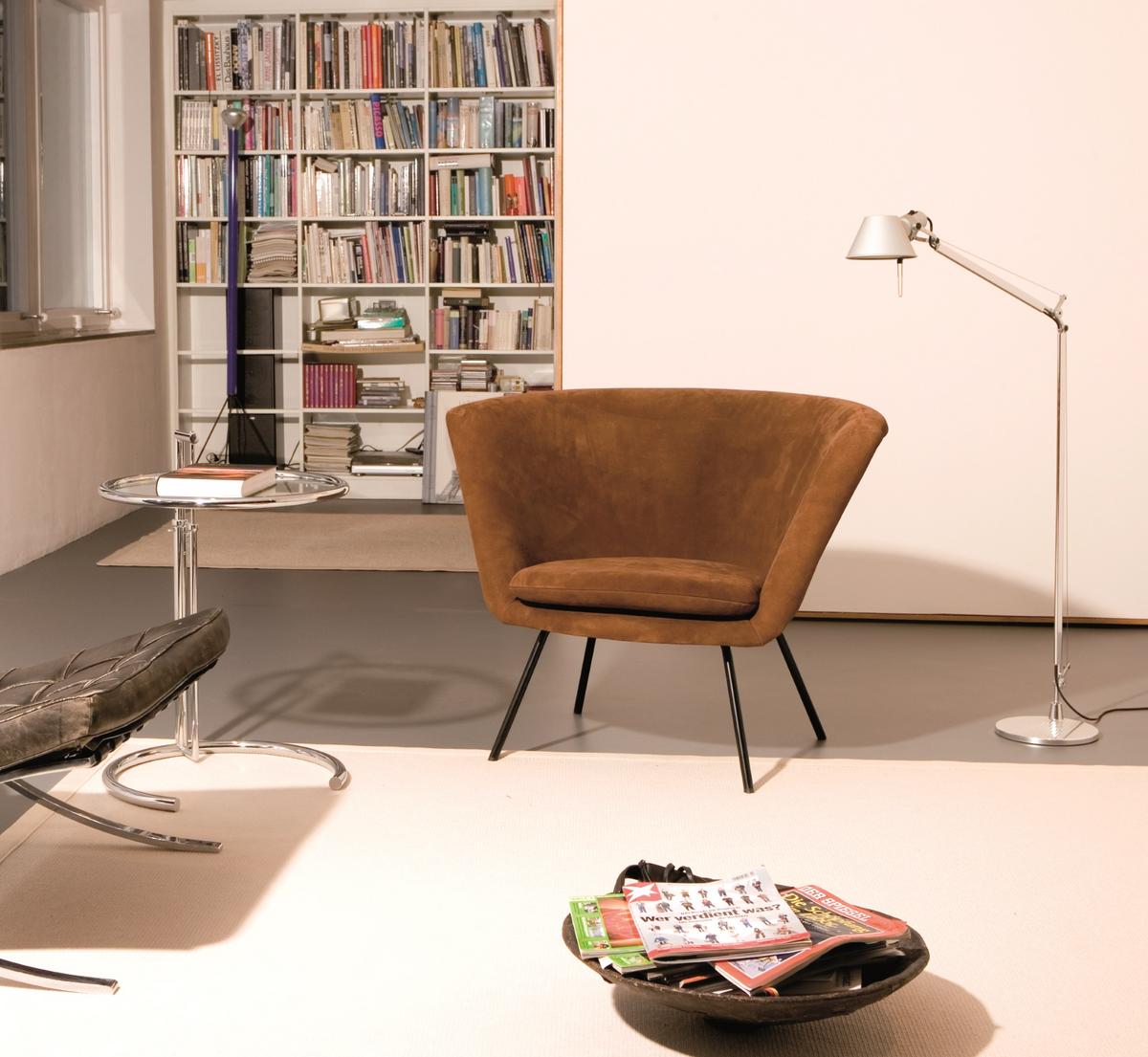
The H57 armchair midcentury classic by the Bauhaus designer Herbert Hirche
Born in Görlitz in 1910, Herbert Hirche played an important role in the context of the reconstruction of Germany after the war. In his function as architect, product and furniture designer, professor, exhibition organizer and active member of the Deutsche Werkbund Hirche not only contributed to the creation of new living space and of furniture and everyday objects, but also to the efforts to make Germany internationally competitive again and to bring it back to the country to help the ravages of fascism on its feet in terms of culture and politics. For Hirche, his post-war career was shaped by his studies at the Bauhaus from 1930 to 1933, his work with Lilly Reich and
Ludwig Mies van der Rohe and his time as an employee in Egon Eiermann's office from 1939 to 1945; while in context of the post-war Werkbund in 1950, he helped to establish contemporary design principles and as a representative of gute Firm helped establish post-war functionalism. Hirche can thus be described as a representative of a “Werkbund design after 1945”, which “roughly generalized (...) stood for a modern, objective product culture with high moral standards”; for example, he designed the first furniture in the context of the Werkbund working group for interior fittings under the direction of Lilly Reich, some of which were mass-produced in the Werkbund company Deutsche Werkstätten Hellerau from 1947 onwards. A professorship at the Weissensee School of Art was followed in 1952 by a professorship of interior design and furniture construction at the Academy of Fine Arts in Stuttgart, which he held until 1975. In addition to his various teaching activities, Hirche was always active as a freelance architect, designer and exhibition designer and helped shape post-War design with his harmonious, functional designs, often based on simple cubic shapes. Herbert Hirche's designs were treated as prime examples of good design in exhibitions and publications until the 1960s. In addition to numerous collaborations with companies such as Walter Knoll, Wilde and Spieth or Christian Holzäpfel, his designs for the Braun company, which Braun himself referred to as “Germany's business cards”, went down in history. Some of his most striking furniture designs, such as the H57 armchair, are now being reissued by the furniture manufacturer
Richard Lampert.
Source: Nicola von Albrecht, (2020). Herbert Hirche - Ein Protagonist der deutschen Nachkriegsmoderne. Online-Publikation (2020) auf OPUS 4, Dokumentenserver der Universität der Künste Berlin. Überarbeitete Fassung des am 31. Januar 2017 eingereichten Textes.


